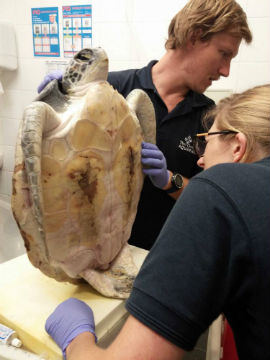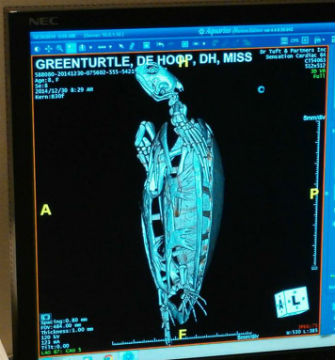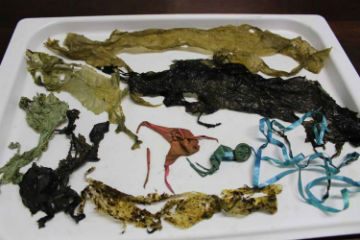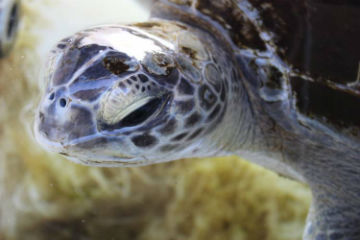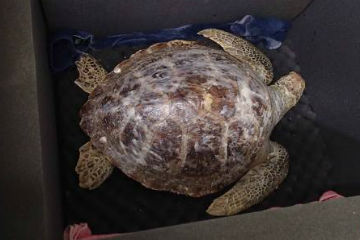
World Turtle Day 2016
World Turtle day aims to shed some light on the serious situation which turtles face. The day is recognised and celebrated annually throughout the world on 23 May. According to the World Wide Fund for Nature (WWF), most turtle species are endangered or critically endangered, these the hawksbill, Kemp’s ridley, green and loggerhead turtles. The South African olive ridley and leatherback turtles are classified as vulnerable. Turtles, like so many other animal species need our protection from man-made environmental dangers, in particular plastic litter.
South African sea turtles
South African waters are home to about 5 turtle species namely the leatherback, loggerhead, hawksbill, green and the rarely seen olive ridley turtle. They've got a very long lifespan and can live for more than 100 years.
Threats
Female turtles come ashore to lay their eggs. The eggs and hatchlings (baby turtles) are at risk of encountering predators such as dogs, birds, and crabs on land. The marine predators that pose a risk to the turtles are sharks and orca whales.
Turtles get caught in fishing nets and are sometimes killed by passing boats. Pollution in the ocean remains a major factor in the declining number of turtles.
Toxic waste and sewerage that’s dumped in the sea can expose the turtles and other marine life to diseases. We need to remember that those of us who consume fish end up eating what the fish have eaten. This can lead to serious illnesses in us and our children.
Turtles are vulnerable and in some countries their meat is seen as a delicacy or they're caught and sold in the illegal pet trade. Climate change and the change in sea temperature also affect the movement and reproduction of turtles. It’s in everyone’s best interest to look after our beaches and oceans and teach our children the importance of looking after our environment, so that we can ensure sustainability and the long-term health of our environment which we share with other animals.
Plastic
Plastic in particular is extremely hazardous as it’s easily confused as food. Plastic doesn’t naturally degrade; instead it breaks into smaller pieces over time. It’s estimated that around 8 million metric tons of our plastic waste ends up in the oceans each year. Watch the video below to see the devasting effects of littered plastic.
What we can do
- Don’t litter. After enjoying our beaches and rivers, collect your trash and take it home to throw it away or even better, recycle your trash, or use a bin on the beach or near the river.
- Use a glass bottle instead of buying water in plastic bottles. Not only is this cheaper for you, but the re-usable glass bottle is much more environmentlly friendly.
- Make it a habit to recycle plastic and encourage family and friends to do the same. This will help to reduce the amount of trash which is thrown away, and reduce our environmental footprint.
- Make it a habit to leave public areas in a clean state, and teach children the importance of doing the same.
- Arrange beach and river clean-ups with friends, family and colleagues to promote an attitude of keeping our environment clean.
Bob the Turtle’s story
The Two Oceans Aquarium received an injured green turtle that was found at De Hoop Nature Reserve. The dedicated staff named him Bob and rehabilitated him with the aim of eventually releasing him back into the ocean. Bob is one of the lucky sea animals that could be saved but there are many that die because of our environmental waste.
Watch this video of Bob to see how he's doing.
Watch this video that shows the consequences of our careless use and disposal of plastic.

